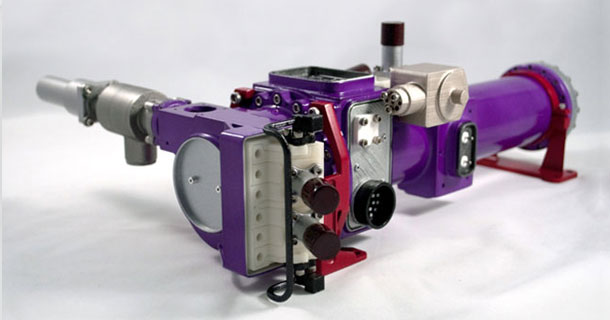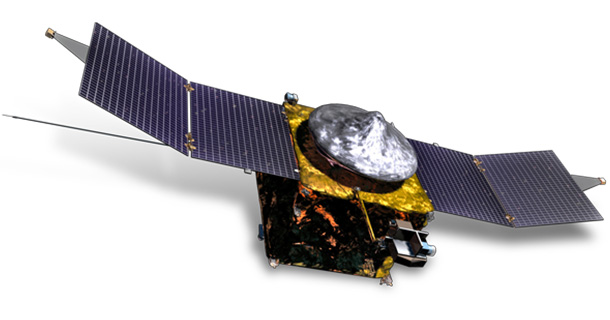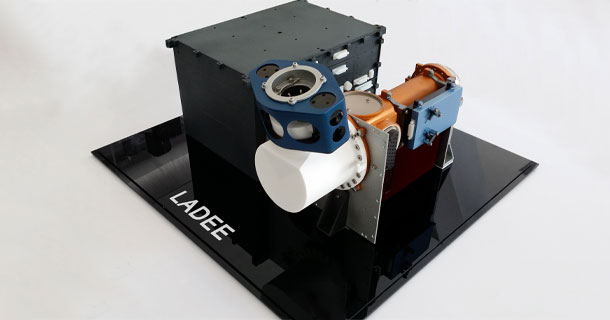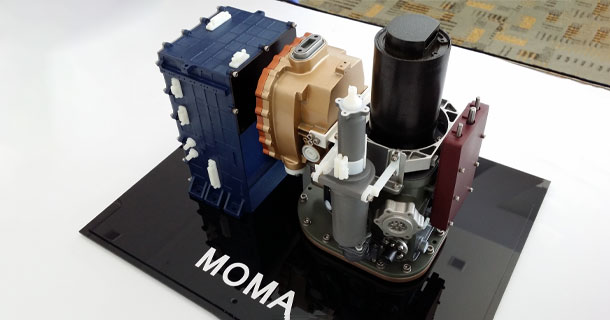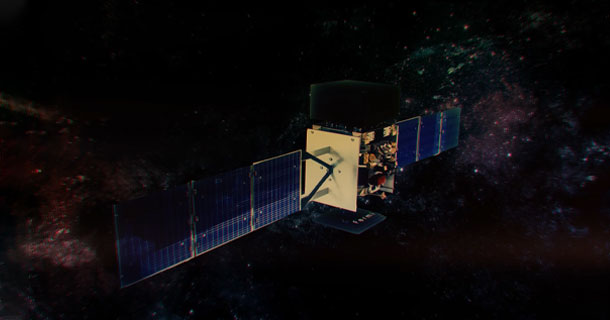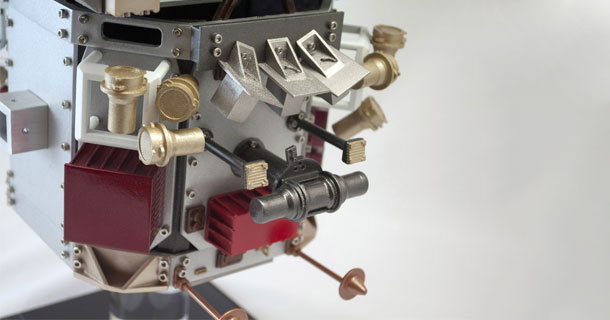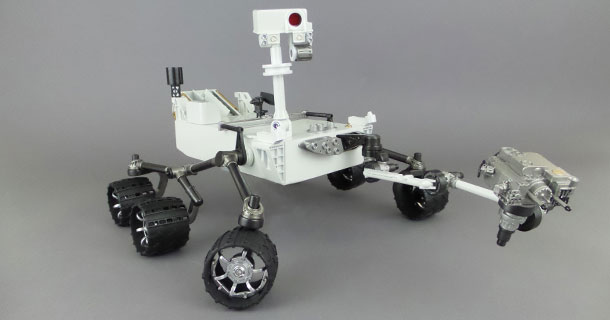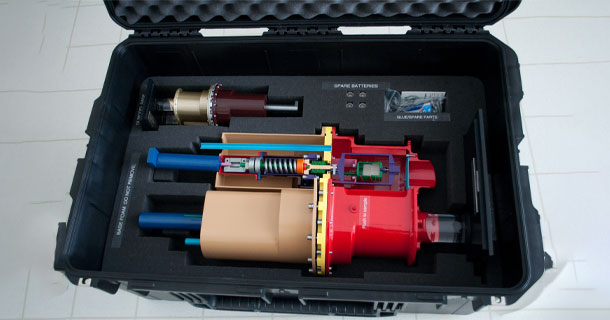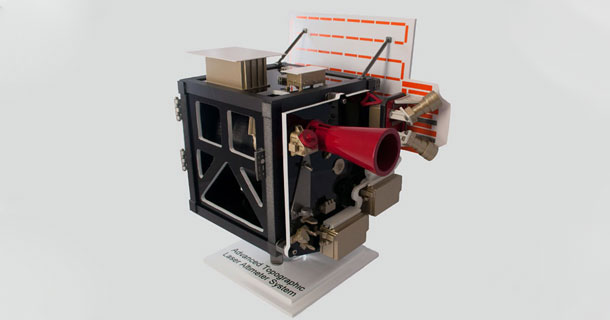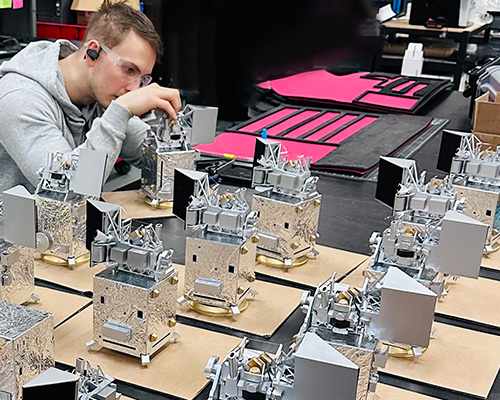
A design is a simplified version
Models and Prototypes
Using different types of 3D modeling software that would be perfect for aerospace engineers.
A model is a primer rendition of a mechanical item or framework that is utilized to test and exhibit its plan and usefulness. This can incorporate early forms of an item, like a proof-of-idea model, or working models that are utilized to test explicit highlights or usefulness.
Models are frequently used during the early stages of product improvement to collect critiques and make any essential improvements prior to when the final result is made. They are a great way to evaluate the quality and functionality of parts, to examine the performance of an item in different conditions, and to identify any problems that need to be addressed before the final result is released.
CAESAR
Model of the Comet Astrobiology Exploration Sample Return (CAESAR) instrument, a proposed project in 2017 intended to sample a comet and analyze its composition.
The model contained a motor that allowed it to open and reveal the project’s internal structure. Actual space harnessing was used to demonstrate internal connections. The model was mounted to a metal plate with handle attachments due to its size and weight.
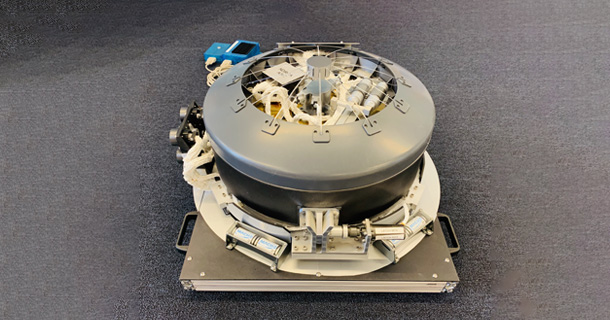
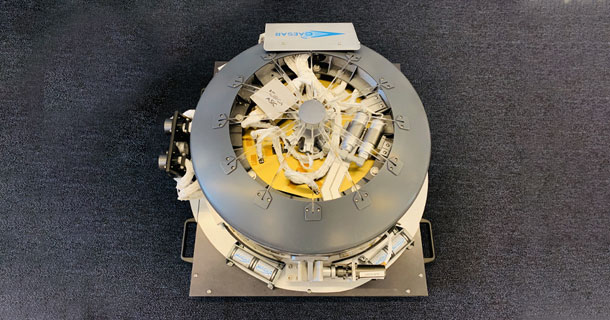
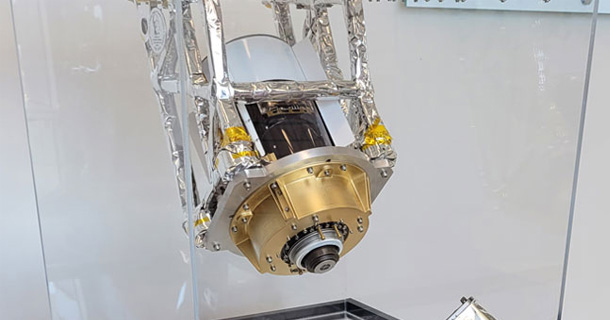
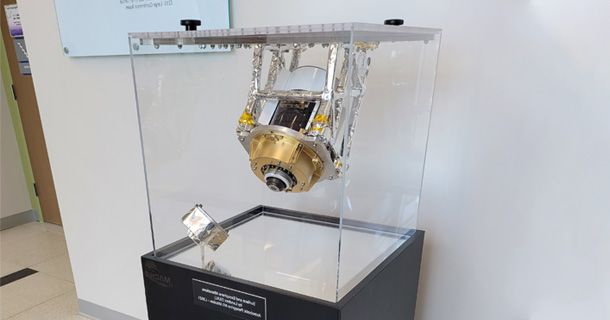
SEAL
Model of the Surface and Exosphere Alterations by Lander (SEAL), which launched in 2021. The display of this model was unique since it was mounted to a plate hovering above as if being lowered by the acrylic case it is displayed in.
We used foil blanketing to cover one of the major components and placed this in the lower right of the display case to exemplify how this would be broken off of the instrument and allow data to be taken in.
PACE
Model of NASA’s Plankton, Aerosol, Cloud ocean Ecosystem (PACE) satellite. This model features silver blanketing foil panels and black anti-reflective film to create a realistic appearance.
The model rests on a UV printed base showcasing a vibrant image created by NASA’s Ocean Biology Processing Group.
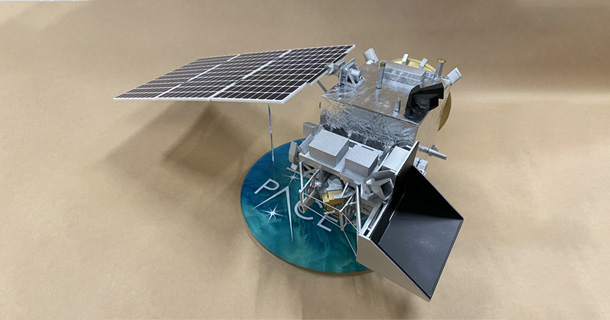
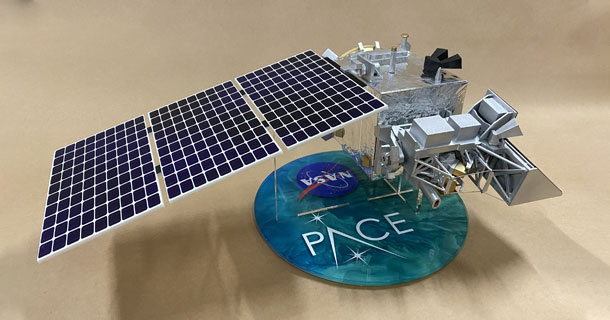
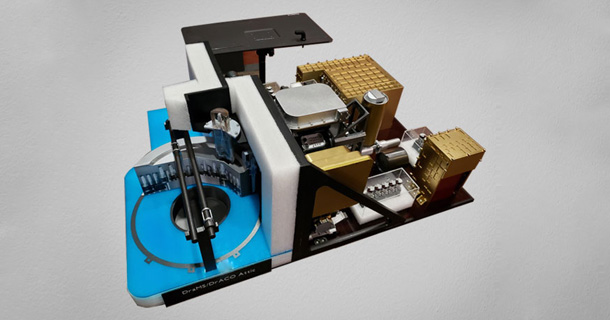
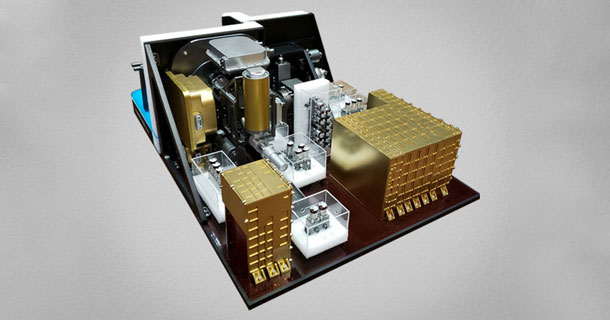
DraMS
Dragonfly Mass Spectrometer
Model of the Dragonfly Mass Spectrometer (DraMS) demonstrating the system responsible for managing the samples of Titan, one of Saturn’s moons.
A high-resolution image was printed and attached to a 3D print representing only a portion of the sampling system which sat beneath a single polyjet print that was polished to create the illusion of a section cut.
RST
Roman Space Telescope
NASA’s Nancy Grace Roman Space Telescope (RST)-scheduled to launch in 2027. With a field of view 100 times greater than Hubble’s infrared instrument, RST will have the ability to capture more in less time.
This 3D printed model features a UV printed solar array, a laser-cut mirror, and features gold blanketing foil to create a realistic appearance.

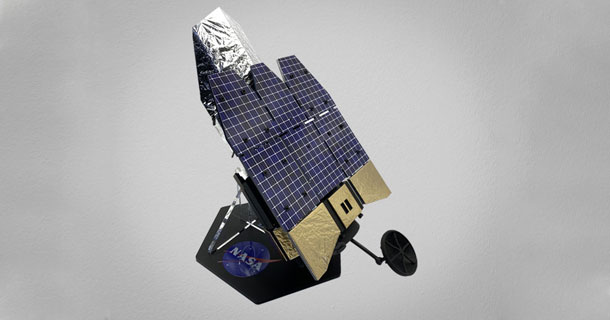
SAM
(Gas Chromatograph, Mass Spectrometer, and Tunable Laser Spectrometer) That identifies a wide range of organic (carbon-containing) compounds. How samples are delivered and then tested in the Sample Analysis at Mars (SAM) suite on the Mars Curiosity rover.
Vapor
Volatile Analysis by Pyrolysis of Regolith instrument is a mass spectrometer designed to measure the amount of water and other volatiles released from solids that are heated to temperatures up to 1400C.
MAVEN
Mars Atmosphere and Volatile Evolution
The Mars Atmosphere and Volatile Evolution mission entered orbit around Mars to explore the planet’s upper atmosphere, ionosphere, and interactions with the Sun and solar wind.
LADEE
it was a robotic mission that orbited the moon to gather information about the structure and composition of the atmosphere.
The LADEE spacecraft’s modular common spacecraft bus, or body, innovated away from custom designs and transitioned toward multi-use designs and assembly-line production, which could drastically reduce the cost of spacecraft development, just as the Ford Model T did for automobiles.
MOMA
The MOMA instrument is in a position to recognize a large range in organic compounds.
Mars rovers have another hurdle to overcome in their search to find evidence for life. Earth is full of life, and scientists need to be extremely careful to ensure to ensure that the organic matter they find wasn’t just taken by instruments from Earth.
Fermi
Fermi Gamma-ray Space Telescope
The Fermi Gamma-ray Space Telescope is a space telescope that is used to conduct observation of astronomy with gamma-rays in the low-Earth orbit.
Its Fermi Gamma-ray Space Telescope, originally GLAST which is now open to the high-energy planet to research and helping us to answer these questions. With Fermi scientists have a better instrument to study how black holes, famous for their ability to attract matter, send gas jets into space at astounding speed.
Curiosity Rover
NASA’s Mars Science Laboratory mission, Curiosity is the largest and most capable rover ever sent to Mars and sets out to answer the question, “Did Mars ever have the right environmental conditions to support small life forms called microbes?”
TiME
The Titan Mare Explorer (TiME) Mission was proposed as a cryogenic sampling inlet and neutral mass spectrometer.
ATLAS
Atlas is an integrated concurrent engineering platform that facilitates rapid mission design.
The Microsoft Excel-based software, developed in the Mission Design Center (MDC) in the Engineering Directorate at Ames Research Center, integrates and displays information about spacecraft components from multiple in-house managed databases.
VTOL
MACH’s original design for a vertical take-off and landing aircraft. This model features adjustable thrusters and sits on a custom backlit acrylic stand.
The vehicle’s interior is made from a single-piece polyjet print that showcases the printer’s ability to capture intricate details in a variety of colors and transparencies.
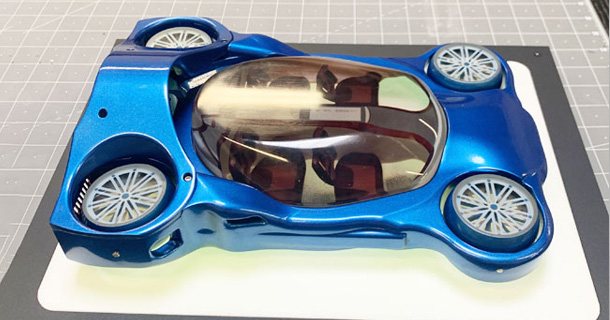
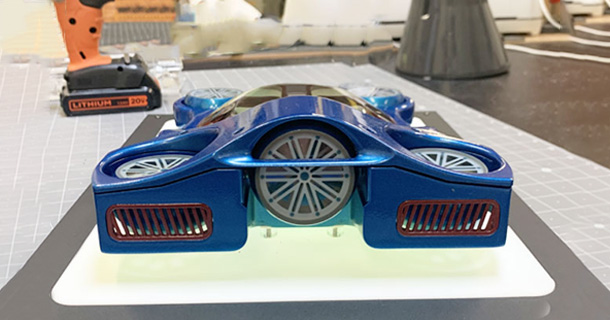
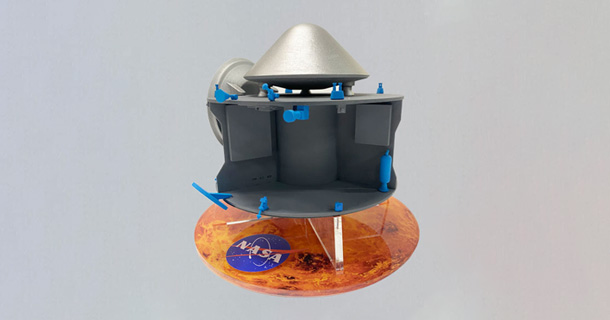
DAVINCI
Deep Atmosphere Venus Investigation of Noble gases, Chemistry, and Imaging
This spacecraft is scheduled to launch in 2029. This model is of DAVINCI’s flyby configuration as it circles Venus collecting data on the planet’s atmosphere before releasing a descent probe down to the planet’s surface.
The PFS and HGA subsystems on this model attach magnetically, enabling easy removal and reassembly for demonstration purposes.
